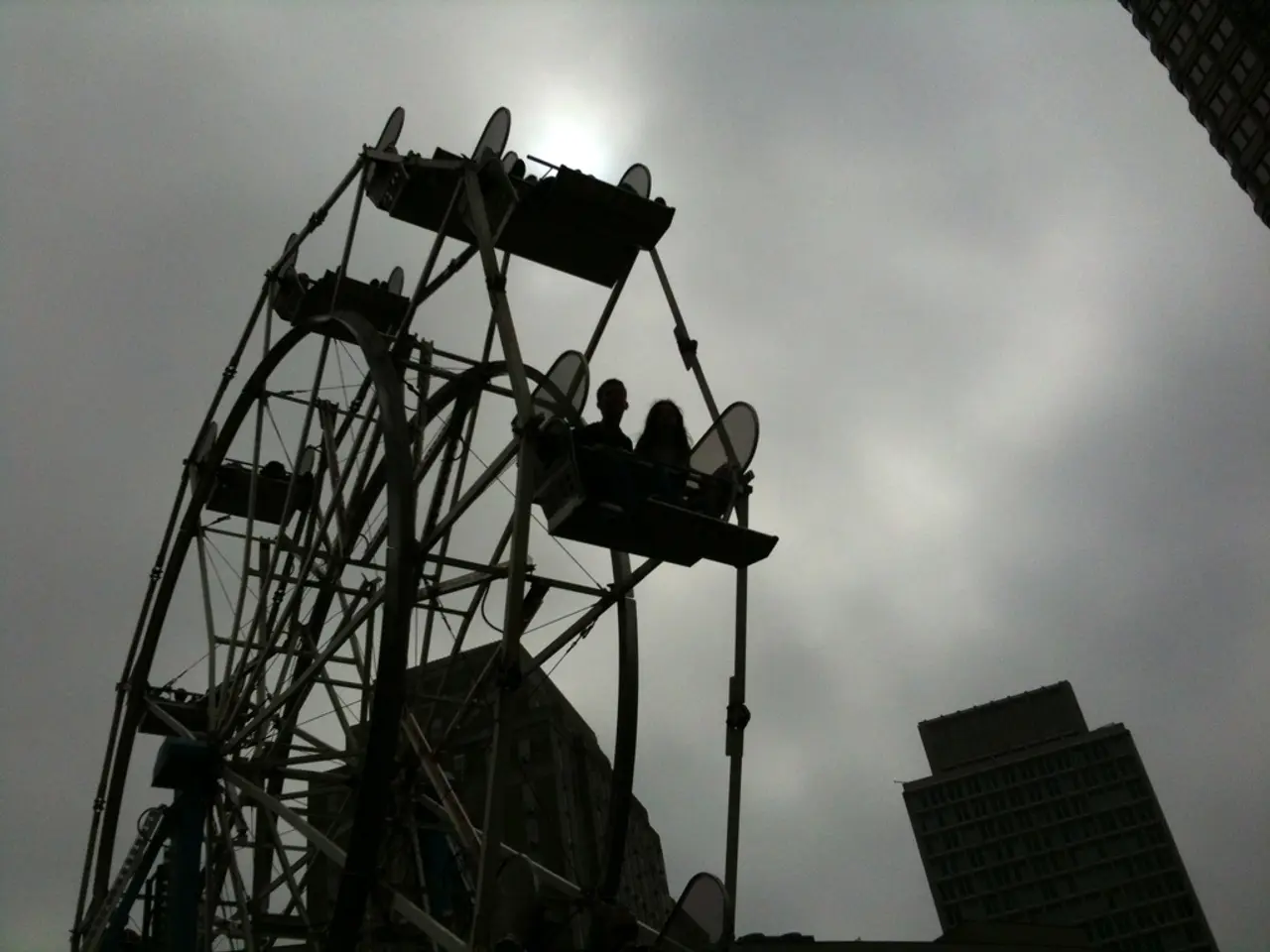"A Tryst with Vertigo: Understanding the Disease"
Vertigo, a sensation of movement or spinning, is not a disease itself but a symptom of various underlying issues. This condition can affect individuals of all ages, with older adults being more susceptible to conditions like Benign Paroxysmal Positional Vertigo (BPPV).
Causes of Vertigo
Several medical conditions can contribute to vertigo. Inner ear disorders, migraines, head injuries, medications, other medical conditions, and age are all potential causes. For instance, Meniere's Disease, an inner ear disorder, may require lifestyle changes, dietary adjustments, and sometimes surgical interventions. Vestibular Neuritis, inflammation of the vestibular nerve, often caused by a viral infection, is another inner ear disorder that can cause vertigo.
BPPV, the most common cause of vertigo, is triggered by changes in head position. Rapid changes in altitude, crowded or visually stimulating environments, and exposure to certain medications can also trigger vertigo in susceptible individuals.
Symptoms of Vertigo
Symptoms of vertigo can include a spinning sensation, dizziness, nausea, balance issues, and tinnitus. Migraine-associated vertigo is a type of vertigo that occurs as a symptom of a migraine.
Diagnosing Vertigo
Diagnosing vertigo involves a comprehensive evaluation to determine its underlying cause. A thorough review of medical history is the first step, including the frequency and duration of vertigo episodes, associated symptoms, and previous head injuries or ear infections. Physical examination is crucial, including balance tests and a neurological examination. Imaging studies, such as Magnetic Resonance Imaging (MRI) and Computed Tomography (CT) scans, may be recommended if the cause of vertigo remains unclear.
Treatment of Vertigo
Treatment options for vertigo may include medications, physical therapy, or specific maneuvers designed to alleviate symptoms. For BPPV, the Epley maneuver and other vertigo maneuvers are used. Treatment options for Meniere's disease focus on symptom relief, including bed rest during attacks, medications such as antiemetics, Betahistine to improve inner ear blood flow, potassium-sparing diuretics to reduce inner ear fluid, corticosteroids, and in severe cases, intratympanic Gentamicin application or labyrinth anesthesia to disable the balance organ irreversibly.
Lifestyle changes can also support overall health and potentially reduce vertigo episodes. Staying hydrated and maintaining a balanced diet rich in fruits, vegetables, whole grains, and lean proteins are recommended. Relaxation techniques, such as meditation, deep breathing exercises, gentle yoga, and mindfulness, can help reduce stress and anxiety, which can worsen vertigo symptoms.
Creating a safe living space by removing tripping hazards, installing grab bars, and using non-slip mats can help manage vertigo at home. Acupuncture, chiropractic adjustments, and herbal remedies like ginkgo biloba and ginger may provide relief for some individuals with vertigo.
Conclusion
Understanding the causes of vertigo is essential for effective management. If you are experiencing symptoms of vertigo, it is crucial to seek medical advice to determine the underlying cause and receive appropriate treatment. Keeping a symptom diary can provide valuable insights into vertigo triggers for healthcare providers to determine the best treatment plan.







